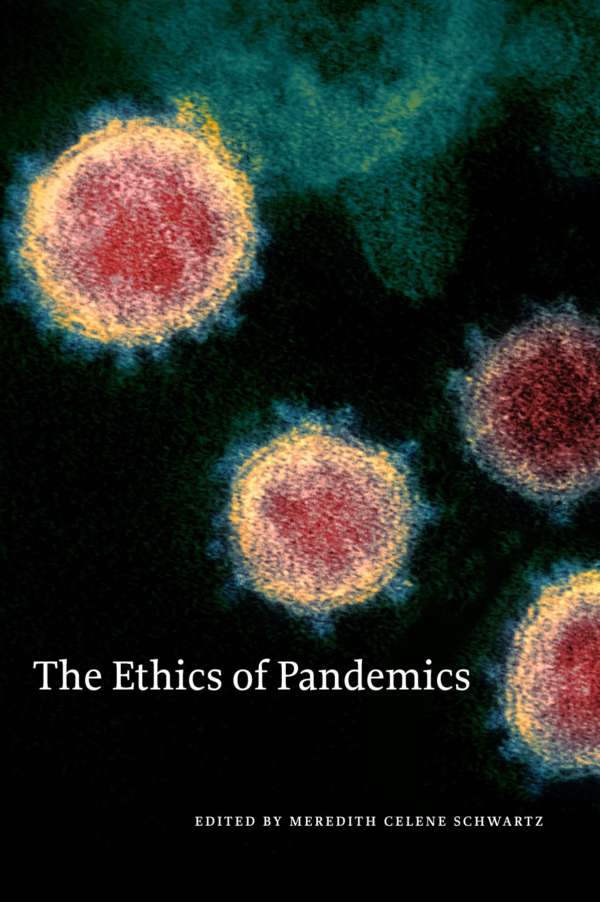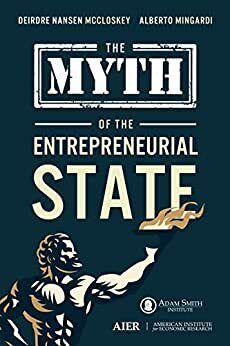Framework for Equitable Allocation of COVID-19 Vaccine
Health equity is intertwined with the impact of COVID-19 and there are certain populations that are at increased risk of severe illness or death from COVID-19. In the United States and worldwide, the pandemic is having a disproportionate impact on people who are already disadvantaged by virtue of their race and ethnicity, age, health status, residence, occupation, socioeconomic condition, or other contributing factors.
Framework for Equitable Allocation of COVID-19 Vaccine offers an overarching framework for vaccine allocation to assist policy makers in the domestic and global health communities. Built on widely accepted foundational principles and recognizing the distinctive characteristics of COVID-19, this report's recommendations address the commitments needed to implement equitable allocation policies for COVID-19 vaccine.
If vaccines are coming in the next months and we all agree that supply will not fulfill demand, then we need to prioritise. This publication of the National Academy of Medicine provides some usegul insights. However, the most important is to have a concrete application in specific contexts.












